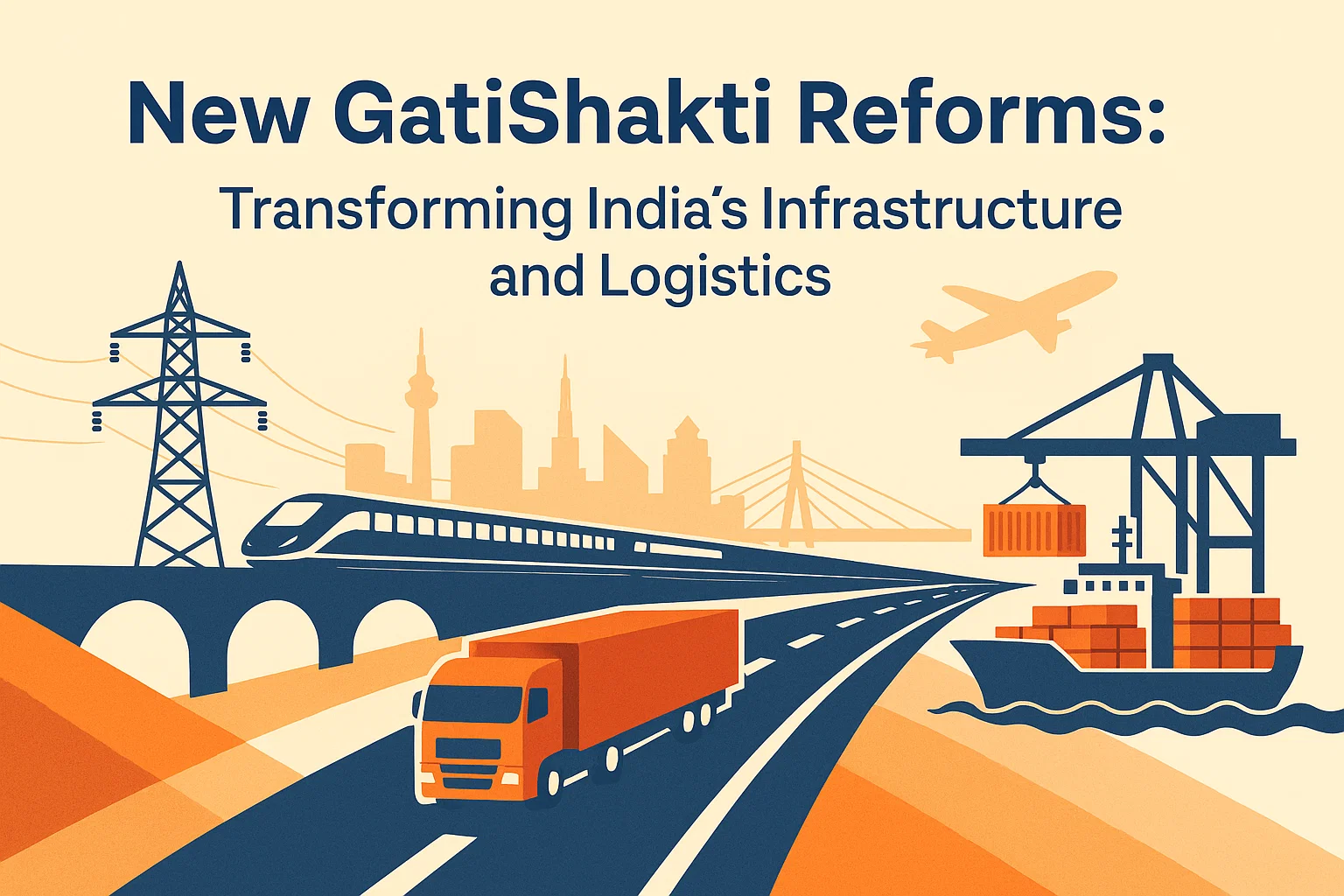Font size:
Print
Supreme Court Judges’ Asset Disclosure
SC judges declaring assets is welcome. But it is not enough
Context: The recent public disclosure of the assets of 21 sitting Supreme Court judges marks a significant step towards enhancing transparency and accountability in India’s judiciary.
More on News
- Spearheaded by Chief Justice of India Sanjiv Khanna, this move reflects a renewed effort to restore public trust amidst rising concerns about judicial corruption.
- The asset disclosures come in the aftermath of a controversial incident involving unaccounted cash discovered at the residence of a Delhi High Court judge. This has amplified calls for reform in judicial transparency.
- But while commendable, this act only scratches the surface of the broader issues surrounding judicial accountability in India.
Why Asset Disclosure by Judges Matters
- Judiciary’s Position: The judiciary holds one of the most revered positions in a democratic society.
- Allegations: Yet, periodic allegations of corruption have raised questions about the lack of accountability among judges.
- Former Chief Justice Ranjan Gogoi once stated that “judges don’t drop from heaven” — acknowledging that, like all humans, they are fallible.
- Systemic Opacity: Yet, not a single sitting judge in India has ever been impeached or convicted.
A Brief History of Judicial Asset Disclosures in India
- In 2009, the Supreme Court passed a resolution recommending voluntary asset declaration.
- However, in the absence of mandatory guidelines or enforcement mechanisms, the initiative lost momentum, and the official portal for publishing these disclosures remained largely inactive.
- Now, over a decade later, the public release of judges’ financial details represents an important revival of that initiative.
- Still, the move is symbolic unless it is institutionalised and made compulsory for all judges at regular intervals.
Understanding Judicial Immunity in India
- Legal Protections: The Judicial Officers Protection Act, 1850 and the Judges (Protection) Act, 1985 shield judicial officers from civil or criminal proceedings for acts performed in their official capacity — provided they acted in good faith.
- Not Absolute: The 1985 Act clarifies that these immunities do not prevent lawful authorities from pursuing action if the misconduct goes beyond judicial or administrative functions.
- Furthermore, the landmark K. Veeraswami vs Union of India (1991) ruling mandates that no criminal case can be initiated against a High Court or Supreme Court judge without prior consultation with the Chief Justice of India.
- Complex Impeachment: The Constitution (Articles 124 and 218) lays down a complex impeachment process that requires a special majority in both Houses of Parliament — making the bar for removal extremely high.
- Internal inquiries, often led by the Chief Justice or High Court heads, are confidential, with outcomes that typically lead to transfers or resignations, rather than disciplinary action.
Global Context: How Other Countries Ensure Judicial Accountability
- The United States, South Korea, Argentina, and Russia mandate public asset disclosures by judges.
- Canada and the UK allow asset information to be accessed upon request, similar to India’s voluntary approach.
- Countries like Germany, the US, and the UK have special legal frameworks to prosecute judges.
- Canada has a dedicated Judicial Council to oversee disciplinary actions against judges.
Role of International Standards
- The Bangalore Principles of Judicial Conduct, a globally recognised framework, advocate for judicial integrity through financial transparency.
- They urge judges not only to declare their assets but also to disclose any conflicts of interest that may affect the fairness of their rulings.
- India has taken some steps in this direction — especially after the 2019 Supreme Court ruling which confirmed that judges are “public servants” and their disclosures can be accessed through the Right to Information (RTI) Act.
- Still, key ambiguities remain, such as whether judges fall under the ambit of the Lokpal and Lokayuktas Act, which governs anti-corruption oversight for public officials.
Asset Disclosure Is Just the Beginning
While the public declaration of assets by Supreme Court judges is a welcome step, systemic reforms are urgently needed to strengthen judicial accountability. A few key areas for reform include:
- Institutionalising mandatory asset disclosures for all judges across all courts.
- Clarifying the applicability of the Lokpal Act to judges.
- Creating an independent oversight body (similar to Canada’s Judicial Council) to examine complaints and ensure due process.
- Public disclosure of inquiry outcomes, especially when they pertain to allegations of misconduct or corruption.


